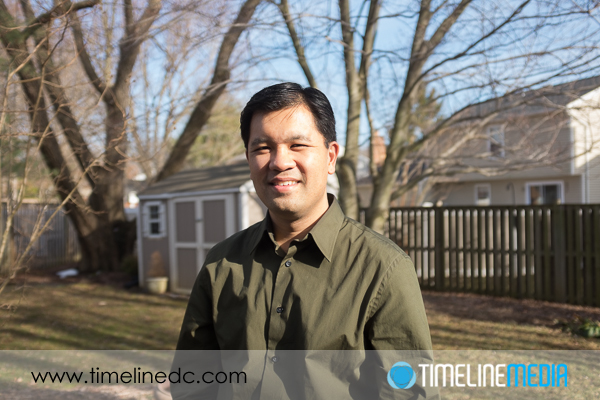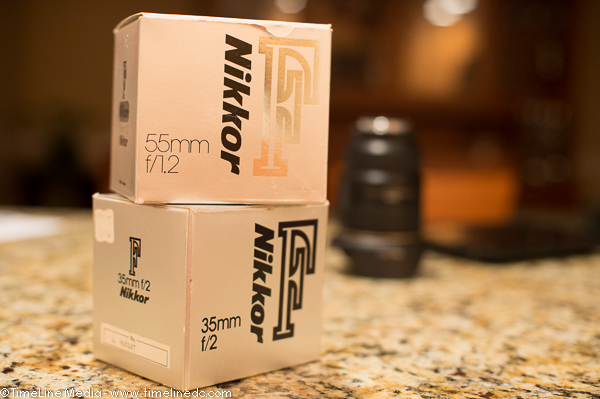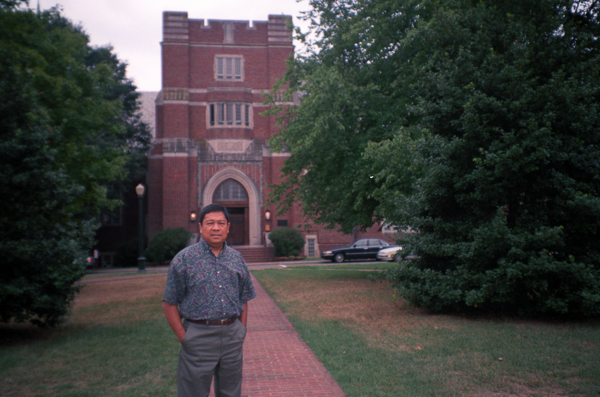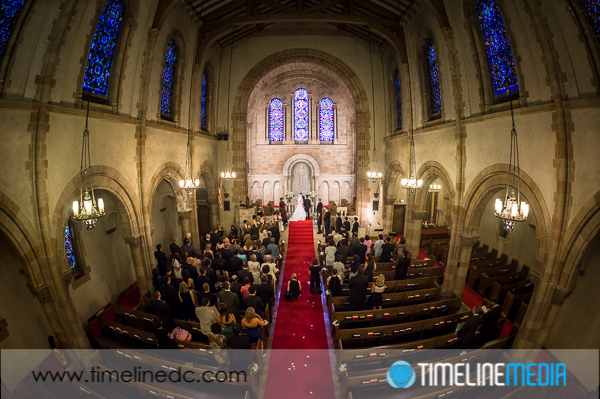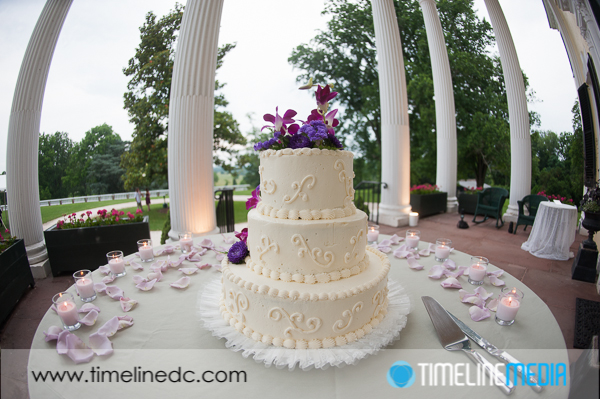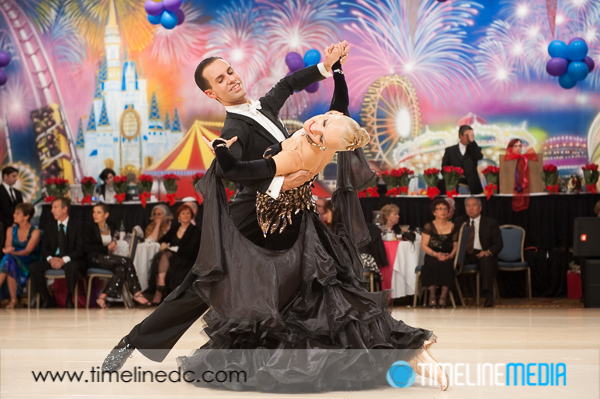
The wintry weather finally broke for a little bit last week! I finally had a good chance to test one of the best features of the Fuji X100s camera – the leaf shutter lens. Most cameras produced today have focal plane shutters which have a curtain that opens and closes in front of the sensor. With a leaf shutter lens, there are blades built into the lens itself that opens and closes as the shutter opens and closes in the camera. As you press the shutter button on the camera, there is no difference in the operation between these two types of lenses. Where the big difference comes is in the fastest flash sync speed that is possible when using a leaf shutter lens. This opens up a lot of creative possibilities!
Camera Tech
On typical DSLRs, between 1/160th to 1/250th of a second is the fastest shutter speeds that you can use if you want the flash to fully expose the frame. If you use a strobe with a DSLR and have your shutter speed set higher (ie 1/500th second or higher) you will start to get a large black band on your photo where the curtain is still covering a part of the sensor since the shutter speed is too high. This is not a limitation for leaf shutter lenses such as the one in the Fuji X100s. When shooting indoors, like ballroom dance competitions, this limitation is not a problem as 1/250th second is plenty fast to control the light coming into the camera.
The limitation of 1/250th really impacts outdoor shoots. If you want to use a flash, and you have to keep your shutter speed at 1/250th or slower, that means you need to close down your aperture – f/8 or higher depending on how bright the sun is outside. In viewing these photos, everything including your background will be in focus making it difficult to separate your subject from the background. One solution is to not use a flash since you have plenty of light, but now all the tones in the scene are very similar making the image flat, and not as dynamic. Next week, I’ll show you how the leaf shutter lens really changes this photo with the change of a few settings in the same scene.
TimeLine Media – www.timelinedc.com
703-864-8208

